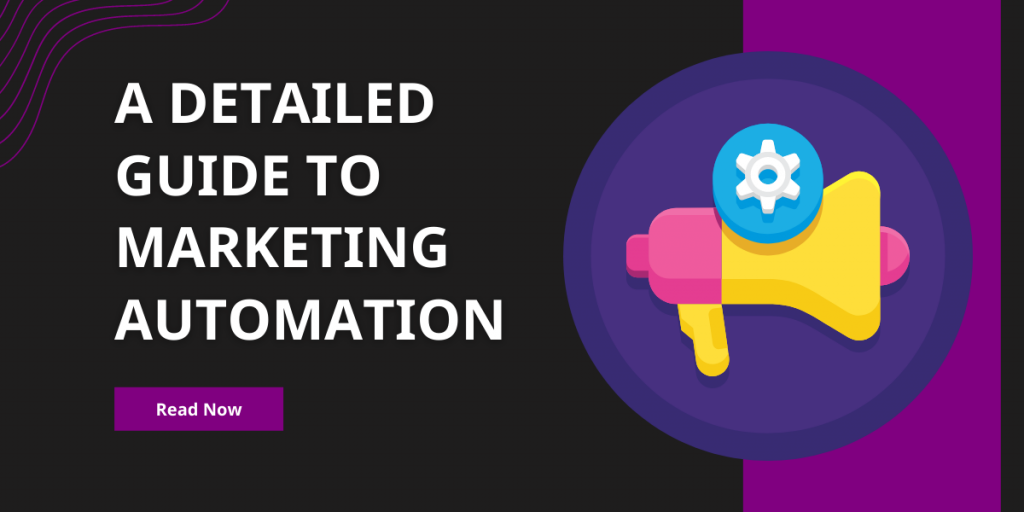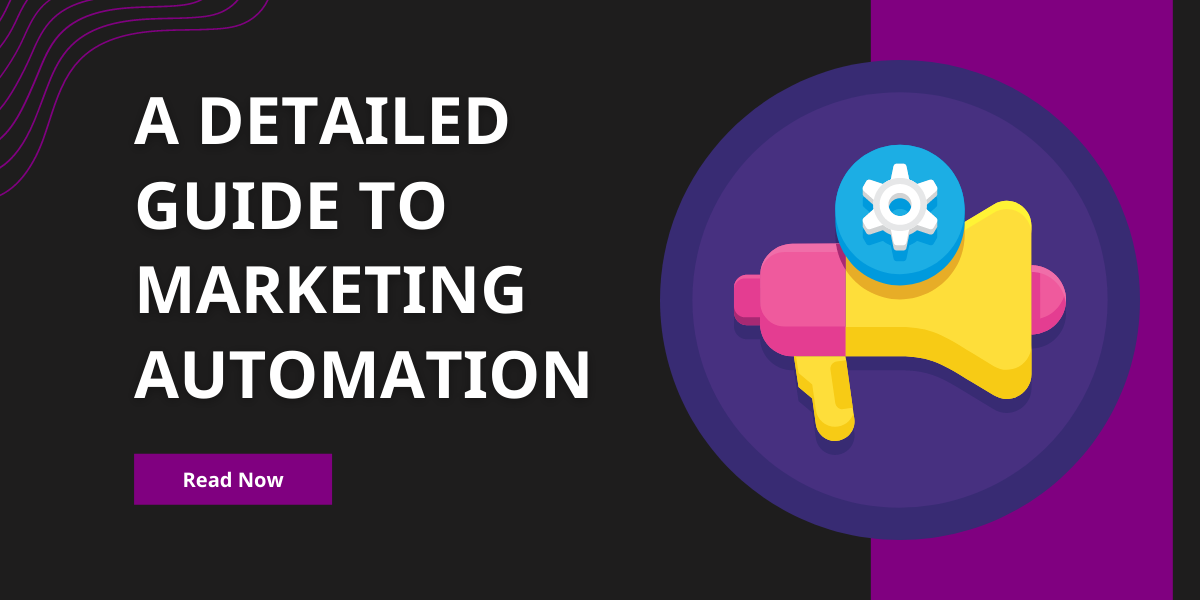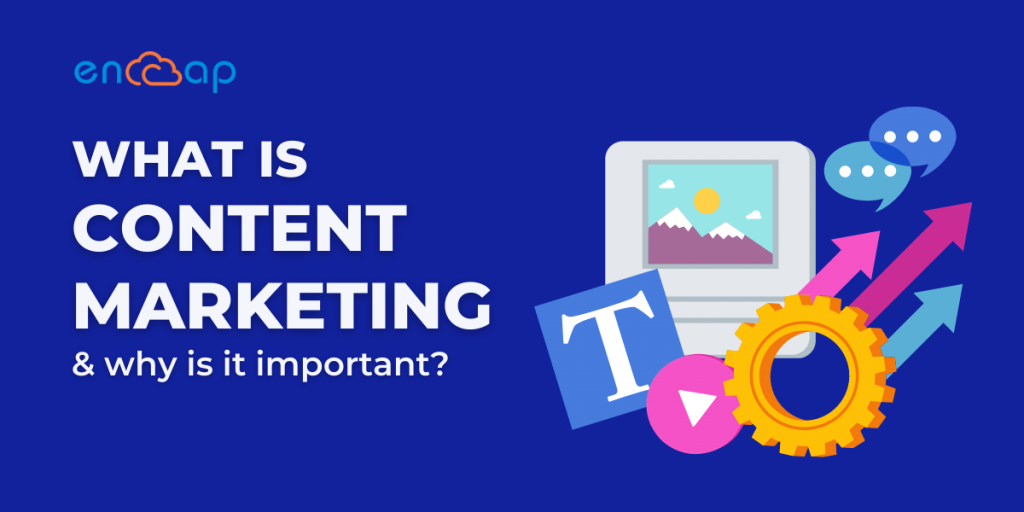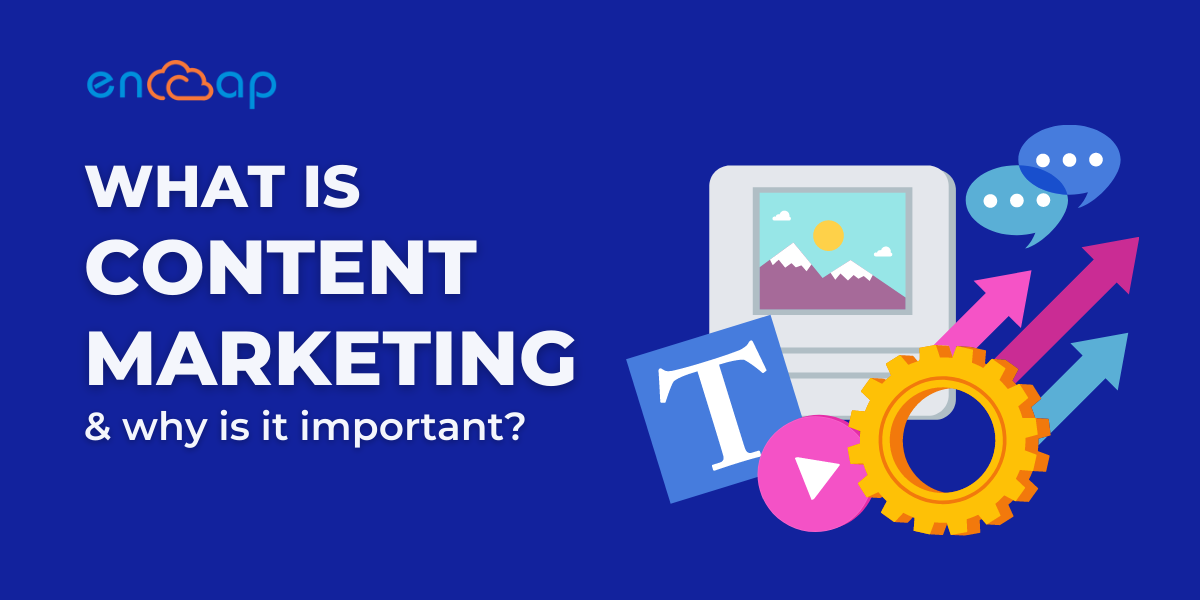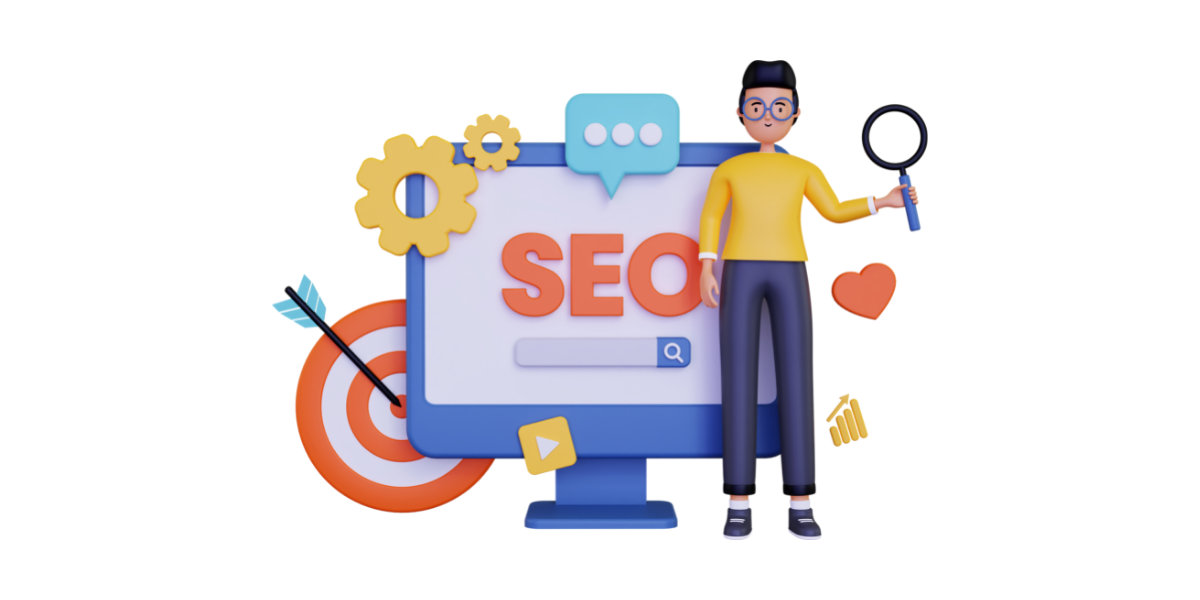What is Real-Time Marketing and How Does It Help?
Real-time marketing is a concept that is focused on events, customer feedback, and trends on social media channels for the purpose of creating relevant interactions with the target audience. The key ingredient of these interactions is that they happen in real-time.

Marketers listen to the needs of customers through various listening tools that ultimately help in connecting prospects and customers, convey the brand’s position, and drive conversions. In this blog, we will try to understand why real-time marketing is important and also offer a detailed explanation of strategies. In addition, we will also offer examples of real-time marketing.
What is Real-Time Marketing?
Real-time marketing means reacting in real, near, or real-time. It is essentially about creating relevant messaging and it is achieved by listening to the needs of customers. In essence, real-time marketing is focused on current events, trends, and feedback. This marketing happens when a company reacts instead of planning and strategizing a marketing plan for months. It does not mean that you’ll have a real-time marketing plan but there will be a quicker turnaround.
The objective is to connect with the audience and communicate the brand position effectively. You may be able to plan real-time marketing in case there’s an event or an ongoing trend. For instance, if you plan around an ongoing trend, your company might become appealing to your audience because you understand them more.
Real-time marketing offers relevant messaging that is tailored to the wants, interests, and needs of the audience. An effective way for marketers to implement a real-time marketing strategy is to ensure an active social media presence. The social media you have will often be the first to know about a current fad or if they are implementing social listening.
You can also learn more about your audience and their present interests by focusing on your own. See your website and social media analytics to discover the most popular conversation. You can also learn the questions that your audience is asking with social listening tools. In case there is a team that is actively looking at this information then it becomes easy to develop a marketing plan.
Anytime you want to implement a real-time marketing plan, you must listen to your audience, monitor all industry trends, and know where the conversation is taking place. After this, you must react to your audience on social media and also create assets to know what is going on.
How Do Marketers Work With Real-Time Marketing?
marketing is delivering the right data at the right time and to the right systems for connecting better with the customers. The right time is doing what is required to make every moment count for the customers and real-time is collecting the data while making no delays. When marketers say real-time, what they really mean is right-time. The meaning of real-time
The single reason for making this distinction is that there can be significant technical and organizational costs to imposing real-time requirements on the marketing teams. Some teams do have the resources to handle it and sometimes they don’t.
It is necessary to make strategic investments into the systems that need to be real-time so that the personalization platform and customer data platform can understand what is required elsewhere. You can set the real-time data priorities on the basis of “Respond” and “Inspire.”
In many cases, it is the “Respond” mode that needs you to address customer concerns quickly. On the other hand, many “Inspire” activities are pre-planned and also benefit from the complete data that does not require any hyper-warp speed investment. In many cases, real-time responses can become counterproductive. For instance, think of an abandoned cart email. Not many people react calmly to a reminder email or even worse, a text message and this is what is meant by real-time marketing.
Why Real-Time Marketing?
Organizations can connect with their target audience in real time by acting on a marketing plan. It is simple to connect with leads and educate them about a product by interacting with potential customers in real-time when they need recommendations and assistance. Marketers can use social media channels for identifying customer needs and addressing them quickly.
People who receive instant support in direct messages, comments, and recommendations can appreciate brands and also show trust. Real-time marketing can be used to create relevant messaging and engage in appropriate communication with your target audience for meeting needs, wants, and desires.
It is possible to offer relevant and timely solutions to the problems of your prospects. In addition, you can also ensure an active social media presence enables companies to communicate with the audience and convey their brand positioning. This encourages brand awareness and also builds relationships with customers. You can also plan your response to an ongoing event so that you become appealing to customers and understand your pressing issues.
Real-time marketing campaigns enable businesses to become relevant and respond to the latest news and things in the world. With their support, brands can pay attention to people’s words and also address the problems in real-time.
Related Read: Rising Customer Engagement Trends in the Market
What Can Be Done With a CDP Using Real-Time Data?
While you are making final decisions based on real-time data, you can effectively respond to customers while also upgrading your Customer Data Platform (CDP) just to make sure that you have all the answers your customers want when they want them.
When you do this, you do not just make for happy customers but also improve the bottom line in an affordable manner. This is how real-time marketing ensures that you meet your needs timely. For instance, a customer may make a purchase on an e-commerce website that puts them into a high-value segment which can trigger right away into a journey tailored to high-value customers.
Salesforce has launched Data Cloud, a new CDP platform that uses real-time data for making marketing easy for companies. It is a platform that helps in improving customer journeys. Anyone considering a CDP for supporting real-time data management must ask how well it supports the right time requirements.
Having parts of the customer journey happen in real time might not be enough. Confusion about what is and what is not can fade when you have an answer to the requirements of customers.
Ways In Which Salesforce Marketing Cloud Makes Real-Time Marketing Effective?
Real-time marketing campaigns are an effective way to delight customers and also increase open click-through rates. However, implementing these campaigns can be challenging with other ESPs. The Salesforce Marketing Cloud makes it easy for markets to interact with their subscribers with real-time emails and also provides enhanced experiences.
On the other hand, SFMC email marketing enables markets to have better access to a wide range of content tools for personalizing emails on the basis of different metrics. These often include real-time countdown timers to drive actions, personalized images to improve engagement, and dynamic web crops for seamlessly integrating the latest offers and blog posts into emails.
1. Create Dynamic Content
An important ingredient of real-time marketing involves the creation of dynamic content that can be instantly adjusted to dynamically personalize all emails for recipients. With so many Salesforce email templates, you can react quickly to the needs of subscribers with personalized emails that can promote meaningful engagements.
There are also real-time banners that keep subscribers engaged for a long by showing them offers that can spark their interest. An effective way to move them towards a sale is by tailoring the banner to preferred categories and brands. A good way to ensure that you include the current banners as open-time email content is to use a technology called “Webcrop.”
Other than this, you can also show some product recommendations because when the suggestions do not meet their needs, shoppers get frustrated and tend to leave sometimes. You can display products that can match the preferences of all subscribers and behaviors. An open-time inventory and pricing data ensures that the current offers and coupons are seen and not expired.
Finally, you can also offer product live prices and availability information. By updating the pricing and availability information, you can automatically at the time of each open or view ensure that you never promote any out-of-date content. This works for new emails and abandoned cart emails.
2. Using Behavioural Triggers
While using Salesforce Marketing Cloud, a behavioral trigger is an action that is taken by an individual subscriber. You can use trigger data for implementing real-time marketing and sending customized triggered emails easily. It helps in creating granular segments based on customer behavior and lifecycle stage for delivering a person-to-person experience at scale.
All the triggered emails in Salesforce Marketing Cloud are trackable, targeted, and sent in real-time. They help in offering a better customer experience with price drops and back-in-stock alerts. You can also use auto forward and auto reply with messages processed by Reply Mail Management. This helps in achieving high deliverability and scalability.
To ensure that you get the best results, also make sure that your triggered emails include at least some of the elements such as product recommendations, contextual dynamic images, countdown timer, ratings, and popularity messages.

3. Live Weather Content Block
The SFMC also allows the inclusion of a live weather channel block for personalized images based on local weather conditions to appear when a subscriber opens an email.
When you use the local weather conditions, you can easily curate what is relevant for the subscribers while driving traffic to a store or a website. Using a Live Weather Content Block can be useful for creating emails with attractive images of sandy beaches and sunshine.
4. Countdown Timer
A countdown timer is like an animated clock that can be inserted in an email message. This clock can be used for counting down important deadlines such as the end of a promotion, or time left for renewing a subscription, etc. for building excitement and creating a sense of urgency.
The goal of a countdown timer is to encourage the subscriber towards taking an action without pushing anything at all. This messaging in an email can be personalized based on the event or for the individual subscriber.
5. Live Social Media Feeds and Relevant Messaging
Most of the global population now uses social media. If a brand has a social media presence already and you are looking to encourage omni-channel engagement then combining the SFMC email marketing with social media can be effective.
You should keep customers updated and engaged by displaying the latest content from social pages in emails and e-commerce stores. You can include live streams of high-quality user-generated content including product ratings and reviews from various platforms for making your shoppers included. The popularity and scarcity messages encourage the purchase and discourage cart abandonment.
Related Read: Leverage Marketing With Salesforce Marketing Cloud
Personalize Your Marketing Strategies & Connect with Customers at Scale
Real-time email marketing offers brands multiple opportunities to offer timely and personalized content recipients love. Salesforce Marketing Cloud offers robust functionalities for email marketing automation, triggered campaigns, dynamic content, hyper-personalization, and more. Email marketers have everything they need to implement real-time email marketing quickly.
Using these features, it is possible to focus on personal, relevant, and timely messages for improving email performance and motivate subscribers to take action. In case you haven’t already, you can upgrade your customer data platform to one that works on real-time data while saving time and optimizing your spending.
Personalize your marketing strategies and connect with customers quickly using the right technology and implementing Salesforce Marketing Cloud.

What is Real-Time Marketing and How Does It Help? Read More »
Digital Marketing
